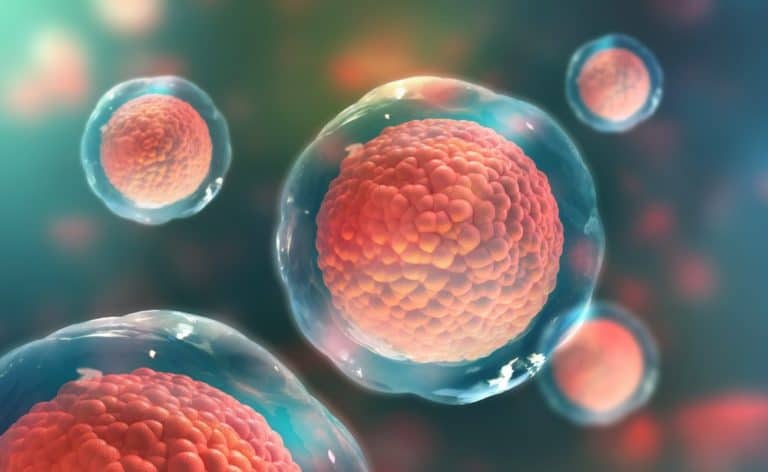Tel Aviv University researchers printed the first bloodstained 3D heart using the patient’s own cells and biological materials. According to the study, this is the first time that a heart has been printed using “fully personalized, non-completed materials”, reports ZDNet.
The 3D printed heart has cells, blood vessels and ventricles. Previous attempts to print a heart included materials that did not come from the patient’s own cells – such as synthetic materials or animal tissue – or had no blood vessels.
In order to make the 3D heart, the researchers had to biopsy a patient’s fatty tissue. This adipose tissue was experimentally reprogrammed to become “pluripotent” or unidentified stem cells. It was then exposed to “bio-inks”, which helped to re-train the cells to become cardiovascular or blood vessel cells.
According to the research, this was what allowed the “ink” to print different pieces of heart or complex tissue structures, which can be assembled to create a 3D heart. However, according to Tal Dvir, professor at Tel Aviv University School of Molecular Cell Biology and Biotechnology, the heart cannot be transplanted to a human being. It has the dimensions of a rabbit’s heart.
Future
Tel Aviv University researchers have plans to grow the 3D printed hearts and teach them how to behave like hearts, says Dvir. Furthermore, they plan to transplant 3D printed hearts to animal models. “The cells must develop a pumping capability. Right now they can contract, but they have to work together. Our hope is that we will succeed and prove the efficiency and usefulness of our method,” says Dvir.
Incidentally, this is not the first artificial heart. In 2014, the very first human being had an artificial heart. That 3D heart was controlled by an external lithium-ion battery and weighed almost a kilo.
This news article was automatically translated from Dutch to give Techzine.eu a head start. All news articles after September 1, 2019 are written in native English and NOT translated. All our background stories are written in native English as well. For more information read our launch article.